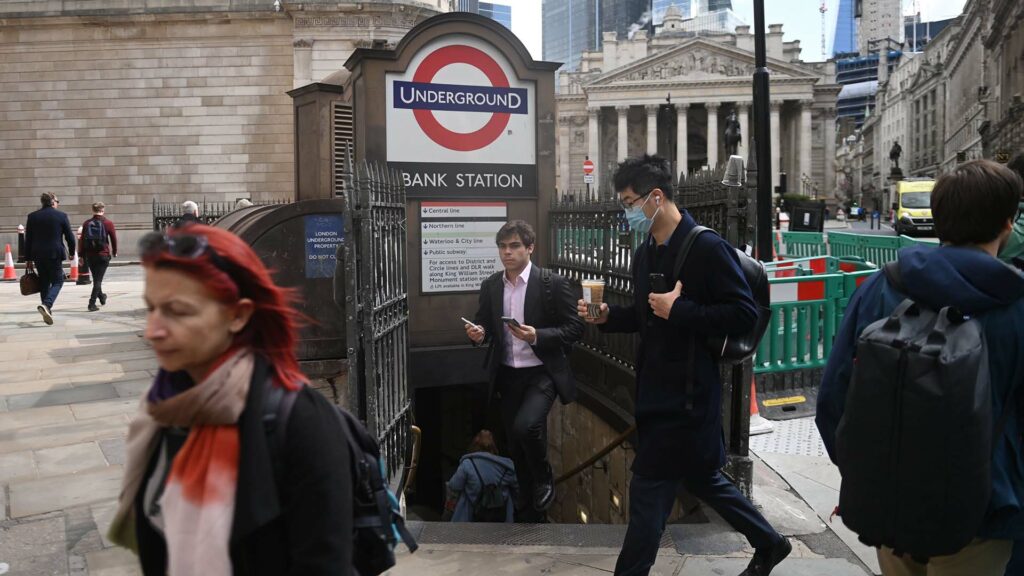|
Getting your Trinity Audio player ready...
|
In a glimmer of hope for the UK economy, the Office for National Statistics (ONS) reports a growth of 0.3% in gross domestic product (GDP) for November, bouncing back from the 0.3% contraction in October.
This figure surpasses the 0.2% forecasted by economists, signaling a positive turn in the economic landscape.
Three-Month Outlook Raises Recession Fears
Despite the monthly rebound, the three months leading to November witnessed a contraction of 0.2%, fueling concerns of an impending recession. Notably, the manufacturing sector experienced widespread declines during this period, partially offset by growth in public services that saw lesser impacts from strike actions.
ONS chief economist Grant Fitzner emphasized the nuanced nature of the economic landscape, stating, "The longer-term picture remains one of an economy that has shown little growth over the last year."
Sector-Specific Growth and Challenges
Services emerged as a key driver of growth in November, with a 0.4% expansion, driven by buoyant performances in retail, car leasing, and computer games companies. This sector-specific growth showcases the varied dynamics at play within the UK economy.
December's Role in Recession Dynamics
The ONS warns that a potential contraction or flat output in December could lead to a second consecutive quarter of falling output, plunging the economy into a technical recession, albeit a mild one. The outcomes of the last month of the year are poised to play a crucial role in shaping the economic narrative moving forward.
Chancellor's Perspective and Future Outlook
Chancellor Jeremy Hunt welcomes the growth in November, highlighting its role in aligning with the inflation target. He emphasizes the government's commitment to stimulating growth through tax cuts for businesses and workers.

However, with the specter of a technical recession looming, the government's economic strategies will face intensified scrutiny.
Market Insights and Cautionary Notes
Neil Birrell, Chief Investment Officer at Premier Miton, offers a cautious perspective, noting, "There is not much momentum moving into 2024." While acknowledging the challenges, he sees the current economic performance as credible, especially considering inflation and interest rate pressures.

With rate cuts in the pipeline and an impending election, Birrell suggests that some stimulus may be on the horizon, adding a layer of complexity to the economic landscape.







